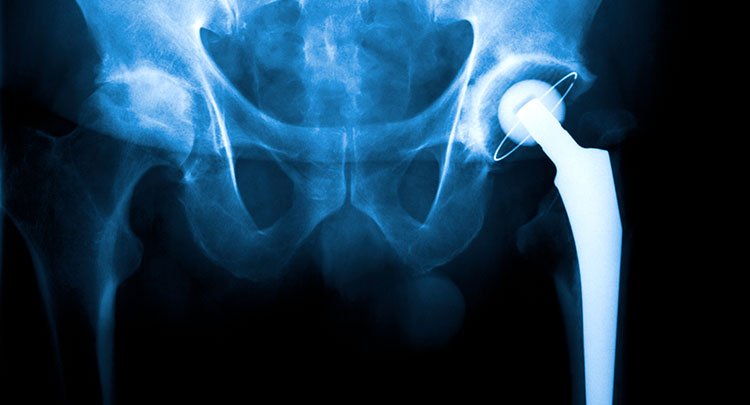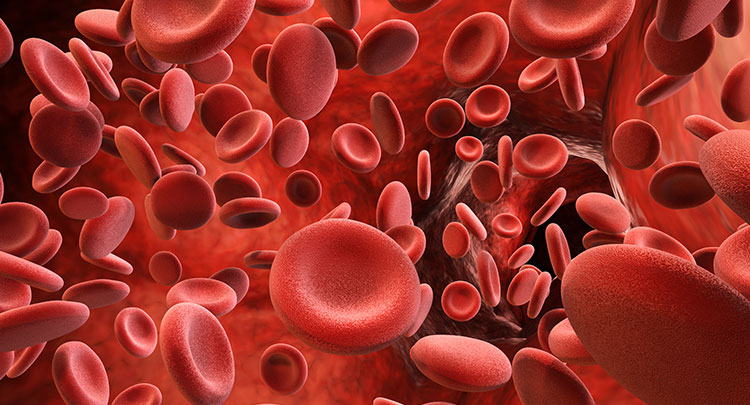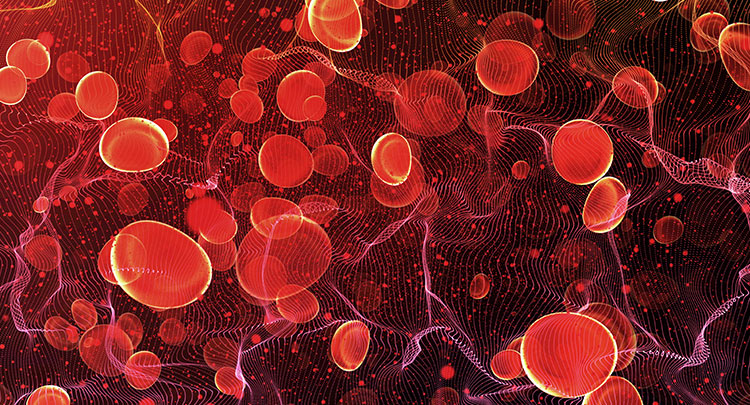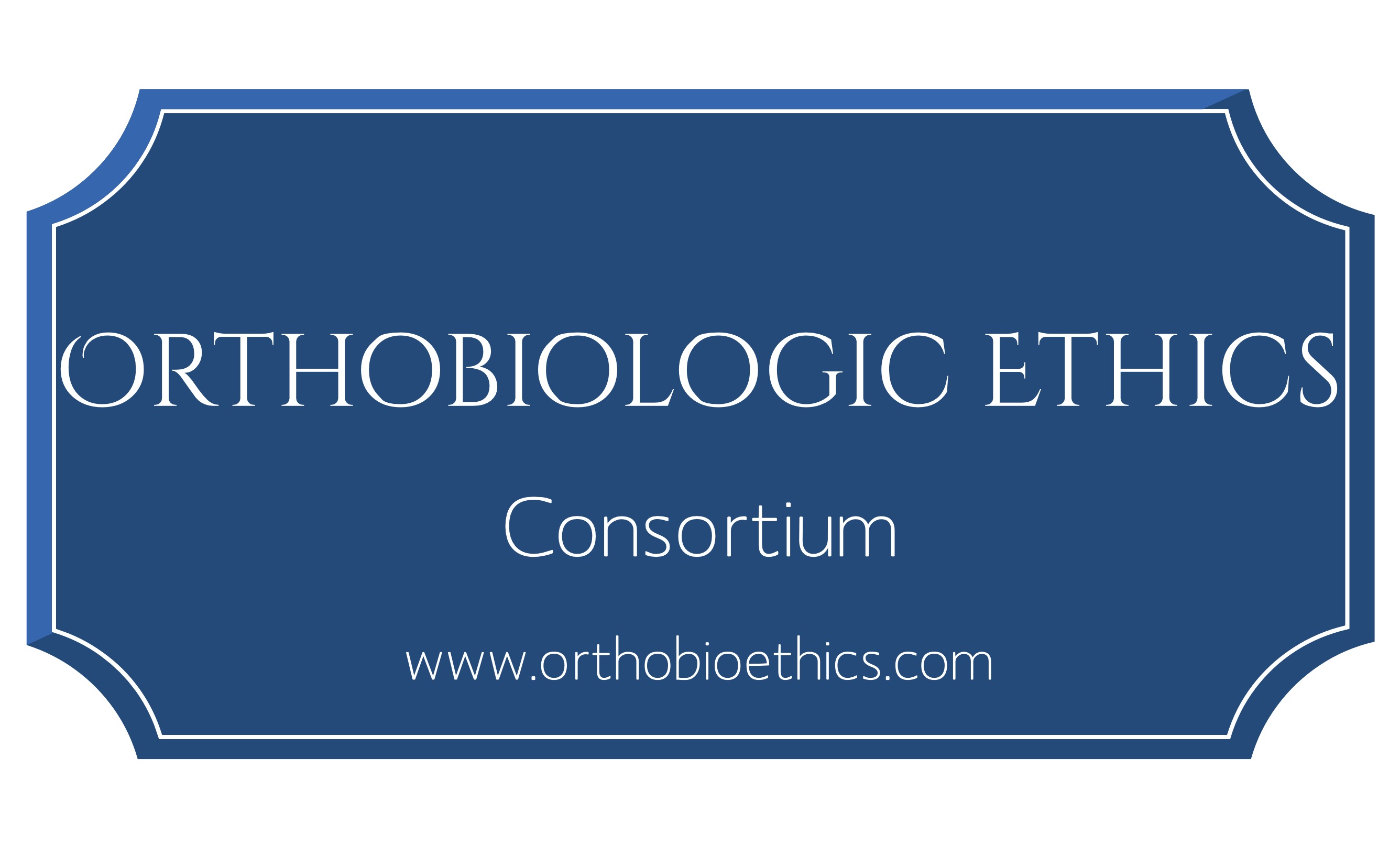
Conventional drugs are created non-biologically. They’re manufactured in labs from chemicals. Biologics are different. This rapidly growing class of drugs is made inside of bioreactors from genetically engineered cells. In other words, biologics are made from living organisms.
How Are Biopharmaceuticals Different From Conventional Medicine?
Traditional drugs are made by combining certain ingredients to create a finished product. The process can be repeated to develop a finished product that’s the same every time it’s produced.
Because a biologic is grown, it can’t always be separated into its components. Even the most thorough testing can’t always pick apart its components. The manufacturing process is regulated, through, to produce a substantially consistent product.
Conventional medicines tend to disrupt some aspect of the disease cycle. The small molecules enter cells and can interact with the dysfunction. However, they may also produce off-target effects that can lead to adverse drug reactions.
Biological drugs have a larger structure, and they can only bind to specific targets. When they attach to a recipient molecule, they can inhibit or stimulate certain bodily processes that make you healthier or fight off disease. They act as a regenerative treatment that spurs healing from within.
What Are Biological Drugs Used For?
Vaccines are biologic drugs. Biopharmaceuticals are also used to treat autoimmune disorders, certain cancers, diabetes, heart attack, chronic migraines, infertility and blood disorders.
Platelet Rich Plasma
Platelet rich plasma, or PRP, is often used to facilitate healing after injury or surgery. This regenerative treatment may also be effective for arthritis and hair loss.
Tiger Woods underwent PRP therapy after he tore his Achilles tendon and blew out his ACL. He went on to have one of the best years of his career.
According to OrthoInfo, platelets in the blood contain proteins that support cell growth. Doctors concentrate the number of platelets in your own blood by extracting blood, spinning it in a centrifuge to separate the platelets and injecting the separated plasma back into the affected areas of your body. The growth injections may prompt the damaged tissue to grow fresh, healthy cells.
Bone Marrow Concentration Therapy
Bone marrow concentration therapy, or BMC, is sometimes referred to as regenerative injection therapy. It is also used to treat tendon damage and osteoarthritis.
Like PRP, BMC involves harvesting regenerative cells from a patient’s bone marrow. These stem cells can replicate themselves into any kind of tissue. Bone marrow also contains growth factors. When these components are concentrated and injected into the site of injury, they serve as regenerative medicine and can reduce inflammation, decrease pain and improve healing.
Mesenchyme Stem Cells
Mesenchyme stem cells, or MSC, are one type of particle that can be extracted from bone marrow. Although researchers once believed that MSCs aid in healing because they can transform into any type of tissue, they’re now realizing that the cells also modulate the body’s immune response to damage. They stimulate the body to heal itself.
MSCs have been researched for their effective in treating Crohn’s disease, diabetes, multiple sclerosis, cirrhosis of the liver and graft-versus-host disease. After injection, they take on a particular function based on what the body needs. If you have inflammation, the MSCs will reduce it. They’ll emit growth factors if your bone or cartilage needs to be repaired.
Because MSCs lower your immunity, experts have worried that this type of treatment could increase patients’ risk of infection. However, they have found that MSCs may have an antimicrobial effect when needed. They are highly adaptable, making them promising for treating drug-resistant bacteria.
Fibrin
Fibrin has been used as a sealant to help repair wounds and graft skin. It is a component of the blood that aids in clotting. The body produces it naturally to repair injured tissues, and it can also be made into a scaffold or glue to help control bleeding, speed healing, repair injuries, prevent infection and reduce inflammation.
Using fibrin can speed wound healing and reduce the size of incisions. Because it is biocompatible, it is not toxic, inflammatory or allergenic.
Other Biopharmaceuticals
New biological drugs are consistently being researched and introduced for treating a variety of diseases. Tumor necrosis factor inhibitors, interleukin inhibitors, B-cell inhibitors and T-cell inhibitors are used to reduce neck and back pain when the conditions are caused by inflammation.
They target proteins that cause inflammation without compromising your entire immune system the way that traditional immunosuppressants do. Biological medicines may have fewer side effects than other pain-relieving drugs. Still, they can weaken parts of the immune system and make you more prone to infections. Doctors usually recommend biological drugs when other forms of treatment don’t work.
For so long, western medicine has used conventional drugs to treat symptoms of disease. Unfortunately, many chemical formulations aren’t intended to get to the root of a medical condition. Biopharmaceuticals act as regenerative medicine that allows the body to do what it does best, which is heal itself.






